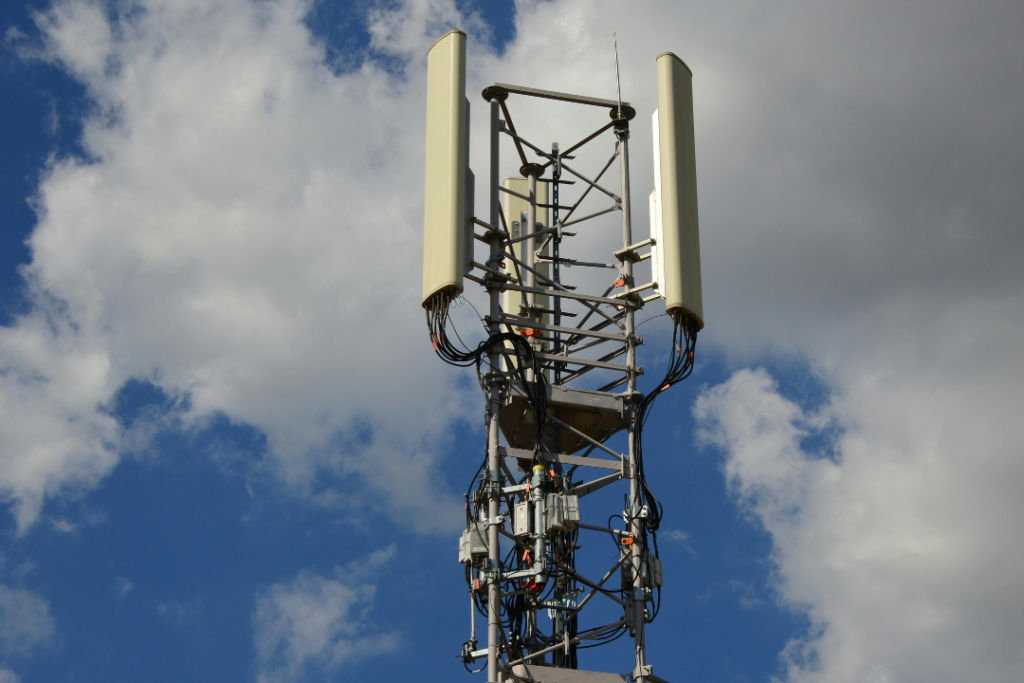In the heart of every thriving metropolis lies an invisible web of digital infrastructure—sensors, data streams, and wireless signals—working tirelessly to make cities smarter, safer, and more efficient. As of 2025, 5G connectivity is the cornerstone of these smart city transformations across the United States. With its ultra-fast speeds, massive device capacity, and minimal latency, 5G is unlocking new possibilities in urban planning, public safety, traffic control, energy conservation, and beyond.
What Is a Smart City?
A smart city leverages connected technology and data to manage resources efficiently and improve the quality of life for its residents. Think of it as a living, breathing ecosystem where IoT (Internet of Things) devices, powered by 5G networks, collect and share data in real time. This data helps city governments make informed decisions—whether it’s adjusting traffic signals during rush hour or monitoring air quality block by block.
But the true power behind this real-time responsiveness lies in 5G’s capabilities.
Why 5G Is Essential to Smart City Infrastructure
Previous generations of mobile networks simply didn’t offer the speed or scalability necessary to support the sheer number of connected devices that a smart city demands. 5G changes the game by offering:
Gigabit Speeds: Up to 100 times faster than 4G, allowing high-volume data to be transmitted almost instantly.
Ultra-Low Latency: Latency as low as 1 millisecond means critical services—like emergency response systems—can act in real time.
Device Density: 5G can support up to 1 million devices per square kilometer, which is crucial for densely populated cities.
This trifecta allows for seamless communication between sensors, vehicles, utility systems, and mobile devices.
Public Safety and Emergency Response
One of the most transformative applications of 5G in smart cities is enhancing public safety.
Real-time surveillance systems powered by 5G can monitor crime hotspots, detect unusual activity, and alert law enforcement instantly. Facial recognition and AI analytics help authorities identify potential threats before incidents escalate. Emergency responders can also benefit from wearable devices transmitting real-time biometrics and GPS data during operations.
For example, first responders in cities like Houston are piloting connected drones with 5G to assess disaster zones more quickly and accurately—saving precious time and lives.
Smarter Traffic Management
Traffic congestion is a major urban issue. With 5G, cities can deploy smart traffic lights that adapt dynamically to vehicle flow, reducing emissions and commuter frustration.
Vehicle-to-Infrastructure (V2I) communication is another emerging use case. Connected cars can “talk” to roads, traffic lights, and even other cars to avoid collisions and optimize routes. In cities like Los Angeles, this technology is being tested to reduce travel times by up to 20%.
Autonomous public transportation is also gaining traction. Buses equipped with 5G sensors and cameras can operate on optimized routes, adjust to weather conditions, and provide real-time updates to commuters.
Energy Efficiency and Environmental Monitoring
Sustainability is a top priority for American cities, and 5G plays a critical role in achieving green goals.
Smart grids powered by 5G technology enable real-time energy usage monitoring. Utilities can optimize energy distribution, reduce waste, and lower costs. Smart meters in homes and commercial buildings give residents insight into their consumption habits and encourage energy-efficient behavior.
Cities like San Diego are also using 5G-enabled sensors to monitor pollution, noise, and water quality. This data helps identify environmental risks early and informs policy decisions aimed at improving urban health.
Waste Management Gets Smarter
Another overlooked area where 5G makes an impact is waste management. Smart bins equipped with sensors can signal when they’re full, optimizing pickup routes and saving fuel. In cities like Boston and Chicago, these systems have already cut waste collection costs significantly.
Combined with AI, 5G allows for predictive maintenance on sanitation vehicles and facilities, reducing downtime and operational expenses.
Enhancing the Urban Experience
Beyond infrastructure, 5G also enhances daily life for residents and visitors.
Public Wi-Fi hotspots backed by 5G ensure seamless connectivity across parks, transit hubs, and downtown areas. Augmented Reality (AR) guides in museums and historic sites provide interactive tours. In retail, personalized shopping experiences can be delivered right to consumers’ phones based on their location and preferences.
These enhancements contribute to a vibrant urban culture that attracts talent, boosts tourism, and supports economic development.
The Business Case for 5G-Enabled Smart Cities
Investing in smart city infrastructure backed by 5G isn’t just about tech buzz—it’s a sound economic decision. According to industry forecasts, smart cities could unlock $2.5 trillion in economic benefits globally by 2030, with the U.S. poised to capture a substantial share.
For municipalities, the long-term return on investment comes from reduced utility costs, enhanced public safety, improved mobility, and increased civic engagement. For private sector stakeholders—like real estate developers, transport providers, and energy companies—5G provides the backbone for scalable, future-ready services.
Challenges to Overcome
Despite its promise, the road to 5G-powered smart cities isn’t without hurdles.
Infrastructure Investment: Deploying small cell sites and fiber networks across cities requires significant capital.
Regulatory Complexity: Navigating federal, state, and local rules around spectrum allocation and tower placement can slow progress.
Privacy Concerns: With vast amounts of data being collected, cities must adopt stringent data governance and transparency policies to protect citizens’ privacy.
Public-private partnerships are proving to be a key solution. Collaborations between telecom providers, technology companies, and local governments can help share the financial and operational load.
The Road Ahead
In 2025, the transformation is well underway. Cities like Dallas, Seattle, and Atlanta are leading the way with large-scale smart city pilots, backed by robust 5G networks. These projects are setting benchmarks in efficiency, innovation, and resilience.
Looking ahead, the integration of AI, edge computing, and blockchain with 5G will only deepen the capabilities of smart cities. Imagine autonomous ambulances, real-time language translation in city services, and blockchain-secured identity systems—all powered by the same 5G backbone.
Final Thoughts
5G is not just a technology upgrade—it’s the digital foundation upon which tomorrow’s cities will be built. As urban populations continue to grow, the demand for smarter infrastructure will only intensify.
For policymakers, investors, and urban planners, the message is clear: the time to act is now. By embracing 5G, America’s cities can become more sustainable, equitable, and livable for generations to come.

